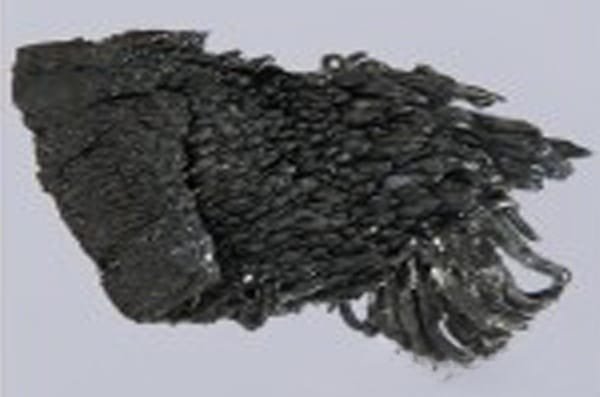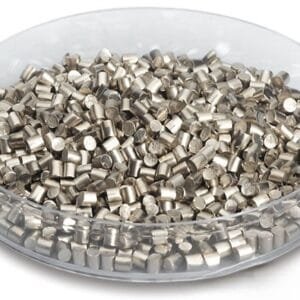Yttrium Evaporation Materials Description
Yttrium, a gray-black metal with the chemical symbol Y, was the first rare earth metal to be discovered. It is ductile, reacts with hot water, and is readily soluble in dilute acids. Yttrium is used in the production of specialized glasses and alloys.
High-purity yttrium evaporation materials are crucial for ensuring high-quality film deposition. TFM specializes in producing yttrium evaporation materials with up to 99.99% purity, using rigorous quality assurance processes to ensure product reliability.

Yttrium Evaporation Materials Specification
| Material Type | Yttrium, Y |
| Density | 4.472 g·cm3 |
| Color/Appearance | Silvery White, Metallic |
| Thermal Conductivity | 17.2 W/m.K |
| Melting Point | 1526 °C |
| Boiling Point | 3336 °C |
| Coefficient of Thermal Expansion | 10.6 x 10-6/K |
| Z Ratio | 0.835 |
| Synonyms | Yttrium Pellets, Yttrium Pieces, Yttrium Evaporation Pellet, Y Pellets, Y Pieces, Y Evaporation Pellet |
Yttrium Evaporation Materials Applications
- Deposition Processes: Utilized in semiconductor deposition, chemical vapor deposition (CVD), and physical vapor deposition (PVD).
- Optics: Applied in wear protection, decorative coatings, and displays.
Yttrium Evaporation Materials Packaging
Our yttrium evaporation materials are meticulously handled to avoid damage during storage and transportation, ensuring they maintain their original quality.
Contact Us
TFM offers yttrium evaporation materials in various forms, purities, sizes, and price ranges. We specialize in producing high-purity e-beam evaporation materials with optimal density and minimal average grain sizes. For current pricing on evaporation pellets and other deposition materials not listed, please contact us with your inquiry.


 MSDS File
MSDS File



Reviews
There are no reviews yet.